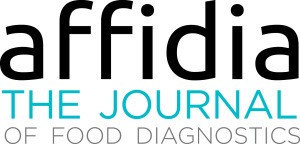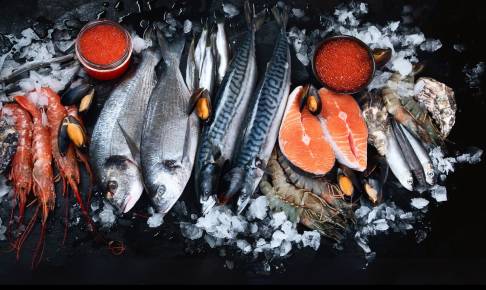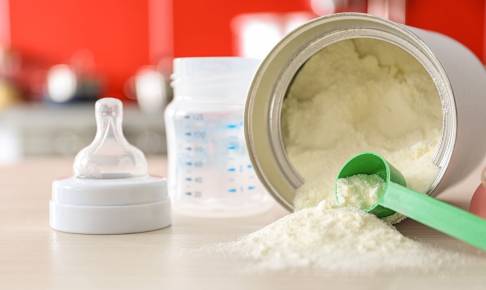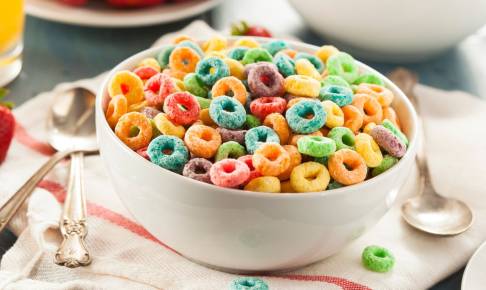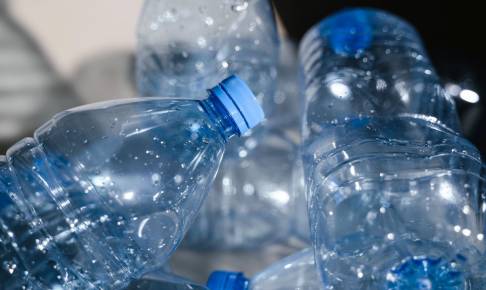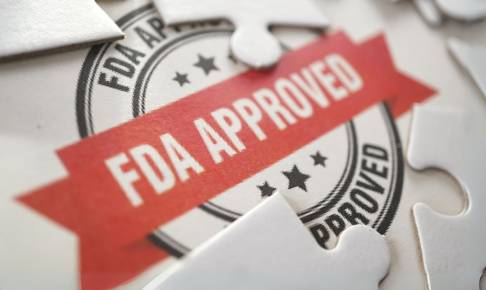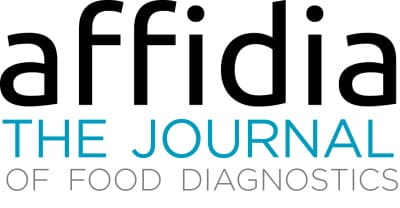Two newly published studies in April 2024 addressed the concerning issue of per- and polyfluoroalkyl substances (PFAS) contamination. These persistent chemicals, widely used in industry and consumer products, raise concerns a [...]
Researchers from the Department of Food Science at Arkansas University published an article in the Journal of Food Protection, delineating an approach aimed at ensuring the safety of low-moisture foods (e.g. powdered milk) while preserving [...]
In the United States of America (USA), the regulation of food chemicals involves a complex interplay of state legislation and federal oversight by the Food and Drug Administration (FDA). Concerns about the safety of various food chemicals have prompted [...]
In a recent report, the US Food and Drug Administration (FDA) has disclosed the findings of their investigation into imported honey, revealing economically motivated adulteration (EMA).
The FDA collected and tested [...]
A recently published report, funded by the Norwegian Research Council Project, underscores the pressing necessity to confront plastic chemicals and polymers of concern for the preservation of environmental and human healt [...]
The US Food and Drug Administration (FDA) has announced a comprehensive review of various substances present in food, including ingredients considered generally recognized as safe (GRAS), food additives, color additives, food contact substan [...]
“Education of consumers, healthcare providers, food business operators, risk assessors and risk managers is critical to PAL management” (FAO/WHO 2021)
Introduction
What is PA [...]
Nowadays, we are exposed to thousands of chemicals in our daily lifes by many pathways of exposure, for example, by ingestion of food and water, inhalation of air and dust, de [...]
How to apply and adjust processes to achieve levels of acrylamide as low as reasonably achievable below the benchmark level.
Cooking is an ancient practice that improves organoleptic properties of foods, nutrient bioavailability, [...]
